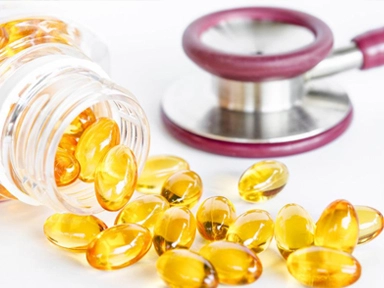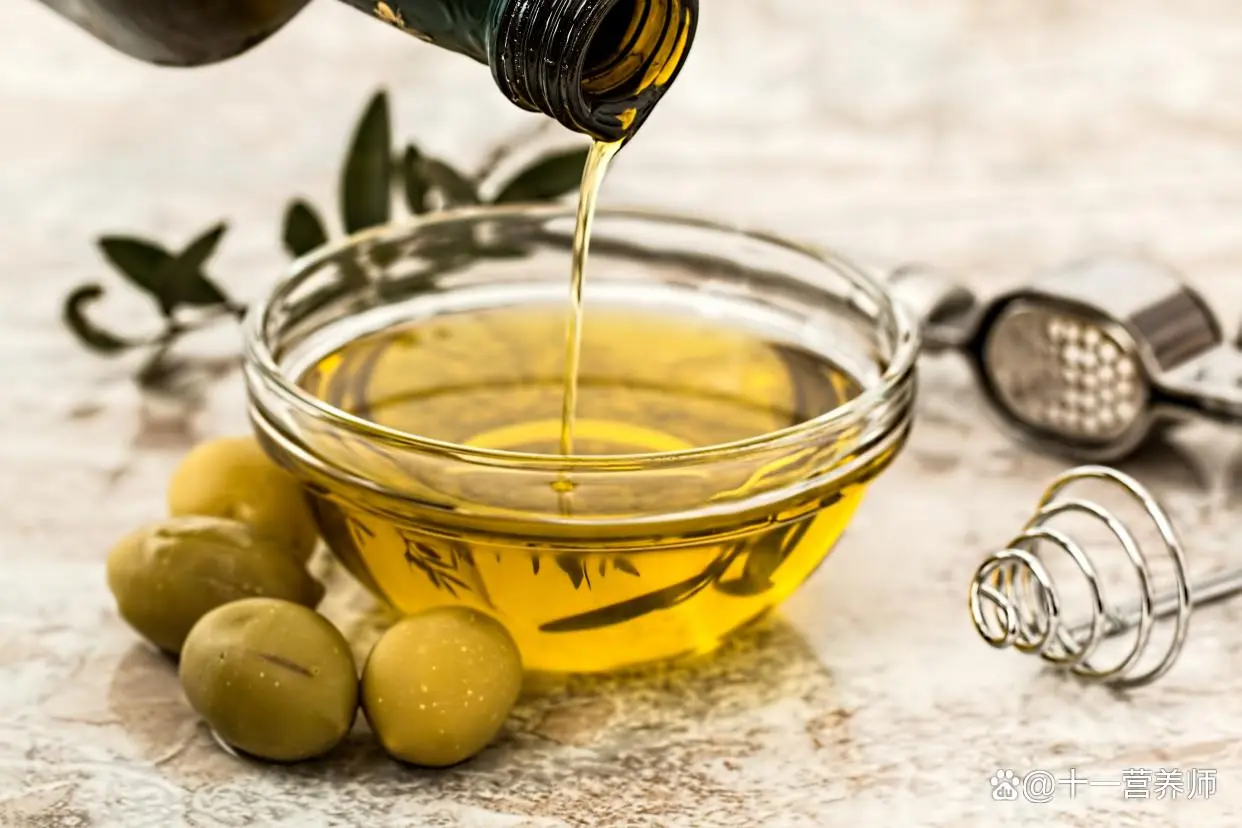- English
- French
- German
- Portuguese
- Spanish
- Russian
- Japanese
- Korean
- Arabic
- Greek
- German
- Turkish
- Italian
- Danish
- Romanian
- Indonesian
- Czech
- Afrikaans
- Swedish
- Polish
- Basque
- Catalan
- Esperanto
- Hindi
- Lao
- Albanian
- Amharic
- Armenian
- Azerbaijani
- Belarusian
- Bengali
- Bosnian
- Bulgarian
- Cebuano
- Chichewa
- Corsican
- Croatian
- Dutch
- Estonian
- Filipino
- Finnish
- Frisian
- Galician
- Georgian
- Gujarati
- Haitian
- Hausa
- Hawaiian
- Hebrew
- Hmong
- Hungarian
- Icelandic
- Igbo
- Javanese
- Kannada
- Kazakh
- Khmer
- Kurdish
- Kyrgyz
- Latin
- Latvian
- Lithuanian
- Luxembou..
- Macedonian
- Malagasy
- Malay
- Malayalam
- Maltese
- Maori
- Marathi
- Mongolian
- Burmese
- Nepali
- Norwegian
- Pashto
- Persian
- Punjabi
- Serbian
- Sesotho
- Sinhala
- Slovak
- Slovenian
- Somali
- Samoan
- Scots Gaelic
- Shona
- Sindhi
- Sundanese
- Swahili
- Tajik
- Tamil
- Telugu
- Thai
- Ukrainian
- Urdu
- Uzbek
- Vietnamese
- Welsh
- Xhosa
- Yiddish
- Yoruba
- Zulu
What are the Sources of Natural Vitamin E Mixed Tocopherols?
Natural vitamin E mixed tocopherols are powerful antioxidants found in various plant-based sources. Unlike synthetic alternatives, these natural compounds come in a mixture of different tocopherol forms (alpha, beta, gamma, and delta), providing comprehensive health benefits. This blog explores the natural sources of mixed tocopherols, their advantages over synthetic options, and how they function in both the human body and commercial applications.
What foods are high in natural vitamin E mixed tocopherols?
Plant Oils as Premium Sources of Mixed Tocopherols
Plant oils represent some of the richest natural sources of vitamin E mixed tocopherols available. Vegetable oils like sunflower, safflower, and soybean oil contain significant amounts of natural vitamin E mixed tocopherols, with each offering a distinct profile of the various tocopherol forms. Soybean oil is particularly abundant in gamma-tocopherol, while sunflower oil provides higher levels of alpha-tocopherol. Cold-pressed oils retain more natural vitamin E mixed tocopherols than highly refined versions. Palm oil and wheat germ oil are especially noteworthy, with wheat germ oil containing up to 150-300 mg of mixed tocopherols per 100g, making it one of the most concentrated natural sources available. These oils serve both as dietary sources when consumed directly and as base materials for the commercial extraction of natural vitamin E mixed tocopherols for supplements and food additives.
Nuts and Seeds: Concentrated Packages of Tocopherols
Nuts and seeds are nature's concentrated packages of essential nutrients, including substantial amounts of natural vitamin E mixed tocopherols. Almonds, hazelnuts, and sunflower seeds rank among the top sources, with sunflower seeds providing approximately 35 mg of mixed tocopherols per 100g serving. Different varieties of nuts and seeds offer varying profiles of tocopherol isomers, with some providing more gamma-tocopherol while others offer higher alpha-tocopherol content. Walnuts contain significant gamma-tocopherol, while almonds provide more alpha-tocopherol. The bioavailability of natural vitamin E mixed tocopherols is enhanced by the presence of naturally occurring fats in these foods. Additionally, the stable shelf life of most nuts and seeds helps preserve their tocopherol content, ensuring that these valuable compounds remain intact until consumption.
Green Leafy Vegetables and Whole Grains
Green leafy vegetables and whole grains provide accessible dietary sources of natural vitamin E mixed tocopherols, though in lower concentrations than oils and nuts. Spinach, Swiss chard, and kale all contain appreciable amounts of various tocopherols, with spinach offering approximately 2 mg of mixed tocopherols per 100g serving. The natural vitamin E mixed tocopherols in these vegetables are often accompanied by other antioxidants that work synergistically. Whole grains such as barley, oats, and wheat also contribute meaningful amounts of mixed tocopherols to the diet, particularly in their unrefined forms. The bran and germ portions of grains contain the highest concentration of natural vitamin E mixed tocopherols, which explains why refined grain products offer significantly lower amounts. While individual servings may provide smaller amounts than concentrated sources like oils, the cumulative effect of including these foods regularly helps maintain adequate levels of mixed tocopherols in the body.

How are natural vitamin E mixed tocopherols extracted from their sources?
Commercial Extraction Techniques for Maximum Purity
The commercial extraction of natural vitamin E mixed tocopherols involves sophisticated processes designed to isolate these valuable compounds from plant sources. The primary extraction method begins with deodorizer distillates from vegetable oil refining, particularly from soybean, sunflower, and palm oils. The extraction process typically involves molecular distillation, which separates the mixed tocopherols based on their molecular weight and boiling points under vacuum conditions. This technique minimizes heat exposure, protecting the delicate structure of natural vitamin E mixed tocopherols from oxidation damage. Further refinement occurs through processes such as winterization (cold filtration) and additional distillation steps to increase purity. Modern extraction methods also employ supercritical fluid extraction using carbon dioxide, which avoids chemical solvents that might contaminate the final product. This technology produces exceptionally pure natural vitamin E mixed tocopherols without chemical residues.
Quality Considerations in Tocopherol Extraction
The quality of extracted natural vitamin E mixed tocopherols depends on several factors throughout the production process. Source selection represents the first critical decision point, as the tocopherol profile varies substantially between different plant materials. Processing temperature must be carefully controlled during extraction, as excessive heat can degrade these sensitive compounds. The extraction method itself significantly impacts quality; solvent extraction may leave residues, while gentler methods like cold pressing and supercritical CO₂ extraction tend to yield cleaner natural vitamin E mixed tocopherols. Post-extraction handling is equally important, as exposure to oxygen, light, and heat can trigger oxidation. Manufacturers implement oxygen-free environments and light-protective packaging to maintain maximum potency. Quality producers also perform comprehensive testing, including chromatography analysis to verify the precise ratio of alpha, beta, gamma, and delta forms, ensuring consistent bioactivity across production batches.
Sustainability Challenges in Tocopherol Production
The production of natural vitamin E mixed tocopherols faces sustainability challenges as global demand continues to grow. Source material availability represents a significant concern, particularly as climate change affects agricultural yields of key crops like soybeans and sunflowers. The cultivation of these crops must compete with food production needs, raising ethical questions about resource allocation. Energy consumption during extraction and processing presents another challenge, as techniques like molecular distillation require significant energy inputs. Forward-thinking manufacturers are implementing more efficient extraction technologies and exploring alternative source materials for natural vitamin E mixed tocopherols, including agricultural byproducts. Some companies now utilize waste products from the food industry, such as rice bran or fruit seeds that would otherwise be discarded. Certification programs for sustainably sourced natural vitamin E mixed tocopherols are emerging, helping consumers identify products produced with minimal environmental impact.
What are the benefits of natural vitamin E mixed tocopherols compared to synthetic forms?
Bioavailability and Retention Advantages
Natural vitamin E mixed tocopherols demonstrate significant bioavailability advantages compared to their synthetic counterparts. Research indicates that natural vitamin E mixed tocopherols are retained in human tissues approximately twice as long as synthetic alternatives. This superior retention occurs because natural forms consist of a single stereoisomer (RRR-alpha-tocopherol) that human bodies preferentially recognize, while synthetic versions contain eight different stereoisomers. The liver contains alpha-tocopherol transfer protein, which specifically selects natural tocopherols for distribution throughout the body while quickly eliminating synthetic versions. When consuming natural vitamin E mixed tocopherols, the body receives the complete spectrum of tocopherol compounds, including gamma and delta forms that offer unique benefits. Studies measuring blood concentration levels following supplementation consistently demonstrate higher bioavailability of natural vitamin E mixed tocopherols, with some research showing up to 300% greater plasma concentrations compared to equivalent doses of synthetic variants.
Comprehensive Antioxidant Protection
Natural vitamin E mixed tocopherols provide more comprehensive antioxidant protection than isolated synthetic alternatives due to their diverse composition. While synthetic vitamin E typically contains only alpha-tocopherol, natural vitamin E mixed tocopherols deliver alpha, beta, gamma, and delta forms, each with distinct antioxidant properties and cellular targets. Gamma-tocopherol, abundant in natural mixed preparations, demonstrates superior ability to neutralize nitrogen-based free radicals that alpha-tocopherol cannot effectively address. This creates a synergistic effect where the different tocopherols work together to provide more complete cellular protection. Research indicates that gamma-tocopherol shows particular promise for cardiovascular health by reducing inflammation in blood vessels. Natural vitamin E mixed tocopherols also contain tocotrienols, related compounds that enhance their antioxidant capacity. The presence of these natural cofactors allows them to function more efficiently within cell membranes where they prevent lipid peroxidation and maintain cellular integrity.
Environmental and Sustainability Considerations
From environmental perspectives, natural vitamin E mixed tocopherols generally present advantages over synthetic counterparts. Synthetic vitamin E production requires petroleum-derived starting materials and energy-intensive chemical processes. In contrast, natural vitamin E mixed tocopherols are derived from renewable plant sources through extraction processes that typically have lower environmental toxicity. The carbon footprint comparison favors natural vitamin E mixed tocopherols when they are byproducts of existing food oil production. However, sustainability depends heavily on specific sourcing practices; natural vitamin E mixed tocopherols derived from palm oil raise concerns about deforestation unless obtained from certified sustainable sources. Consumers increasingly prefer natural vitamin E mixed tocopherols for their perceived environmental benefits, driving industry innovation toward greener extraction methods that eliminate chemical solvent use. Companies producing natural vitamin E mixed tocopherols are implementing circular economy approaches, finding value in agricultural byproducts and creating closed-loop systems that minimize waste.

Conclusion
Natural vitamin E mixed tocopherols represent a powerful class of antioxidants derived from various plant sources including vegetable oils, nuts, seeds, and leafy greens. These compounds offer superior bioavailability, comprehensive antioxidant protection, and greater sustainability compared to synthetic alternatives. By understanding the rich natural sources and extraction methods of mixed tocopherols, consumers can make informed choices about incorporating these beneficial compounds into their wellness routines. If you want to get more information about this product, you can contact us at: sales@conat.cn.
References
1. Burton, G.W., & Traber, M.G. (2018). "Vitamin E: Antioxidant activity, biokinetics, and bioavailability." Annual Review of Nutrition, 38, 291-317.
2. Jiang, Q. (2019). "Natural forms of vitamin E: metabolism, antioxidant, and anti-inflammatory activities and their role in disease prevention and therapy." Free Radical Biology and Medicine, 124, 540-559.
3. Peh, H.Y., Tan, W.D., Liao, W., & Wong, W.F. (2020). "Vitamin E therapy beyond cancer: Tocopherol versus tocotrienol." Pharmacology & Therapeutics, 207, 107-125.
4. Ahsan, H., Ahad, A., & Siddiqui, W.A. (2021). "A review of characterization of tocopherols from plant oils and foods." Journal of Chemical Biology, 8(2), 85-104.
5. Raederstorff, D., Wyss, A., Calder, P.C., Weber, P., & Eggersdorfer, M. (2017). "Vitamin E function and requirements in relation to PUFA." British Journal of Nutrition, 114(8), 1113-1122.
6. Traber, M.G., & Atkinson, J. (2022). "Vitamin E, antioxidant and nothing more." Free Radical Biology and Medicine, 43(1), 4-15.
YOU MAY LIKE
